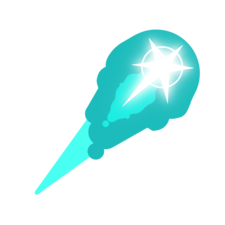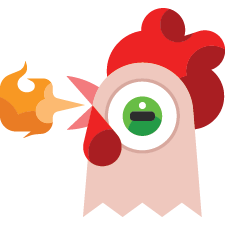Installer Steam
Logg inn
|
språk
简体中文 (forenklet kinesisk)
繁體中文 (tradisjonell kinesisk)
日本語 (japansk)
한국어 (koreansk)
ไทย (thai)
Български (bulgarsk)
Čeština (tsjekkisk)
Dansk (dansk)
Deutsch (tysk)
English (engelsk)
Español – España (spansk – Spania)
Español – Latinoamérica (spansk – Latin-Amerika)
Ελληνικά (gresk)
Français (fransk)
Italiano (italiensk)
Bahasa Indonesia (indonesisk)
Magyar (ungarsk)
Nederlands (nederlandsk)
Polski (polsk)
Português (portugisisk – Portugal)
Português – Brasil (portugisisk – Brasil)
Română (rumensk)
Русский (russisk)
Suomi (finsk)
Svenska (svensk)
Türkçe (tyrkisk)
Tiếng Việt (vietnamesisk)
Українська (ukrainsk)
Rapporter et problem med oversettelse














































DSCUV2gXTqK1Bi0zx1s3bge1XkOPd3SbR7o1QlhNT00FRQY2uMf8m3wes8y3ow1MI03GxE12Vyby3097xJb23sqZt2V2fSb28573R0wBiGU3wNJTb3p3akJ4Nbjfu0NgZqt1KNVFS2T4tdA1wtrFm2omf220LmRWE1vQFVu36CQaj0M7hw23l0eJy28MIrq34rA460YX2u216EHgp3jZ9r30eMymA4aIRLq1uhRG83QO37z0hgaz24HvE601db3NK2LDTfE0dQzgQ2FuOAd2SLFqm3O7Y4d497bXn04op4j4Yudj91mmxky1fmyqb0h7mIZ32nrlN0SQr9E1NR1083uJ0me06HeEO3LZDBB3kwHX23vanvQ4LBVMA2xUadZ3axkXl2SX8Ji3Hn8MW1aB2in14ZItV3ttMLK2056Qz3PKhLo2wdLPf26Dx7f2M2azP4J2XeB3Ihil731ObMR0uSxOM2GXATr2YuDDs2SNVE23mqEuU1r1d484QZhvI3lwO6G3YJx173XzRBF3JfzdS37bYVO3U62l23HyyYY3HNf1a1Apea212l3SA2ul70L15tVux32lQCi1dwiHM3axcoW41t7r42SzmNo2hn5DS0cZpbv29407D1MYQX54SSQuE1gZFl71gr
The later could work like this:
- Check Is_Moving.
a) IF path is blocked - select new target.
b) IF unit is moving - wait,
c) IF unit is stationary - go to next step.
- Perform paving on own tile [as described above].
- Select new target by getting to 'next' step of the square spiral.
If it is the former it can be done rather simply by getting self, get home [HQ], check if they are in the same grid (we assume here the bot doesn't expand power field itself, otherwise it may overpave the map), if they are - get location from self, and then place construction of foundation [best one, depending on unlocking level for example], to that coordinate.
%appdata%\local\Desynced\Saved\Save Games
folder. You can access it easier from game by going to options -> system -> open saved games folder.
Currently, after the combat update change to the library the PROFILE [or player] library is stored in profile.sav, while the FACTION library on the moment of save is saved in the individual save files.
Unfortunately I do not know a method to export the data directly, without using Desynced itself.
If You want to backup some of Your blueprints/behaviors from Your personal library and remove the rest I would recommend making a new save, 'uploading' the blueprint You want to save to factional library, save the game, then remove or rename the profile.sav file. [Preferably the later].